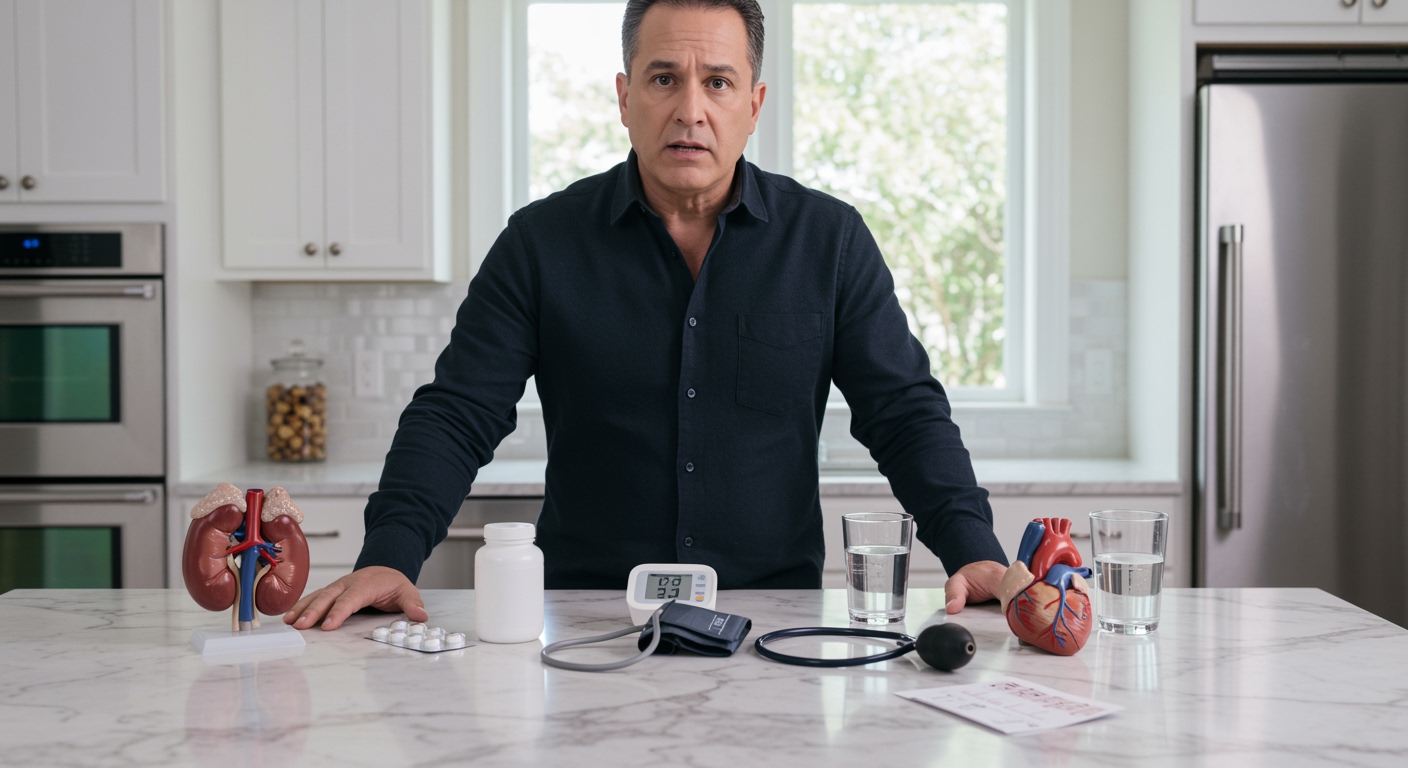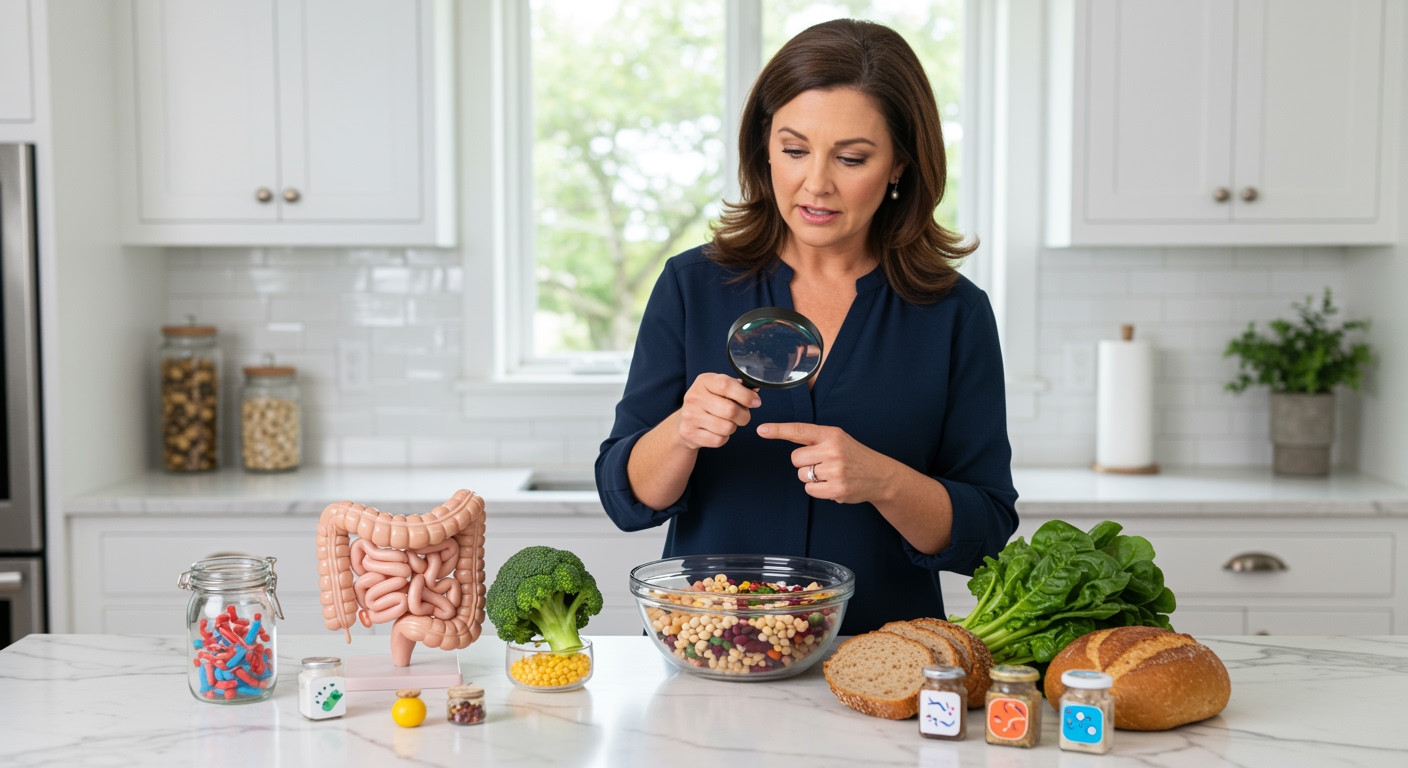✪ Key Highlight: Scientists discover saliva and tears can accurately measure vitamin D and glucose levels without blood tests.
Introduction
Millions of people worldwide dread the needle prick that comes with routine blood tests.
Now scientists have discovered that saliva and tears could replace painful blood draws for monitoring crucial health markers like vitamin D and glucose levels.
Hi, I’m Abdur, your nutrition coach and today I’m going to analyze this groundbreaking research that could revolutionize how we monitor our health without needles.
What Did The Research Discover About Saliva And Tear Testing?
The new study published in Physiologia examined whether body fluids other than blood could accurately measure important health markers.
Researchers focused on patients with type 2 diabetes to test the accuracy of saliva and tear measurements.
They found that glucose levels in tears closely matched those found in blood samples.
The study also showed that vitamin D levels in saliva could reflect what happens in the bloodstream.
This discovery means people with diabetes might soon check their blood sugar using tears instead of finger pricks.
The research opens doors for pain-free monitoring of chronic conditions that require frequent testing.
✪ Fact: Tears contain glucose concentrations that mirror blood glucose levels with remarkable accuracy.
Why Are Current Blood Tests So Problematic?
Traditional blood testing creates multiple barriers that prevent people from monitoring their health regularly.
Many people avoid necessary health checks because they fear needles or experience pain during blood draws.
People with diabetes must check their blood sugar multiple times daily, leading to finger soreness and discomfort.
Blood tests require trained medical professionals and sterile equipment, making them less accessible in remote areas.
The cost and inconvenience of frequent blood testing discourage people from maintaining consistent monitoring of their health conditions.
These barriers often result in delayed diagnosis and poor management of chronic diseases like diabetes.
✪ Pro Tip: Fear of needles affects up to 25% of adults and prevents them from getting necessary health screenings.
How Could Saliva Testing Transform Diabetes Management?
University of British Columbia researchers have shown that saliva tests can measure insulin levels effectively.
Professor Jonathan Little explains that detecting high insulin levels early could identify people at risk for type 2 diabetes before symptoms appear.
Saliva contains a molecule called 1,5-anhydroglucitol that matches blood levels and indicates glucose control.
This means doctors could screen for diabetes using simple saliva samples instead of fasting blood tests.
Early detection through saliva testing would allow people to make lifestyle changes before developing full diabetes.
Home-based saliva testing could help millions of people monitor their diabetes risk without visiting medical facilities.
✪ Note: Early diabetes detection through saliva testing could prevent complications in millions of at-risk individuals.
What Challenges Must Scientists Overcome?
The main challenge lies in the low concentrations of target molecules found in saliva and tears compared to blood.
Scientists need highly sensitive testing equipment to detect these tiny amounts accurately.
Researchers are developing special sensors that can measure glucose and other molecules on flexible plastic films.
These new devices must prove their accuracy and reliability through extensive real-world testing.
Scientists also need to ensure that saliva and tear tests work consistently for people of different ages and health conditions.
The technology must become affordable and accessible enough for widespread use in homes and clinics.
✪ Fact: Glucose concentrations in saliva are 100 times lower than in blood, requiring ultra-sensitive detection methods.
When Will These Tests Become Available?
Experts agree that more research is needed before saliva and tear tests can completely replace blood testing.
The current studies show promising results, but scientists must conduct larger trials to confirm accuracy and reliability.
Portable devices for home testing are in development, but they need regulatory approval before reaching consumers.
The technology could first become available in medical settings before expanding to home use.
People in remote areas or those without easy access to medical labs could benefit most from these innovative testing methods.
The timeline for widespread availability depends on successful completion of clinical trials and regulatory processes.
The Bottom Line
This research represents a major breakthrough that could eliminate the pain and inconvenience of traditional blood testing.
The future of health monitoring lies in making it simple, painless, and accessible to everyone, everywhere.
What are your thoughts on using saliva or tears instead of blood for health testing? Share your questions or experiences in the comments below.
References
At NutritionCrown, we use quality and credible sources to ensure our content is accurate and trustworthy. Below are the sources referenced in creating this article:





